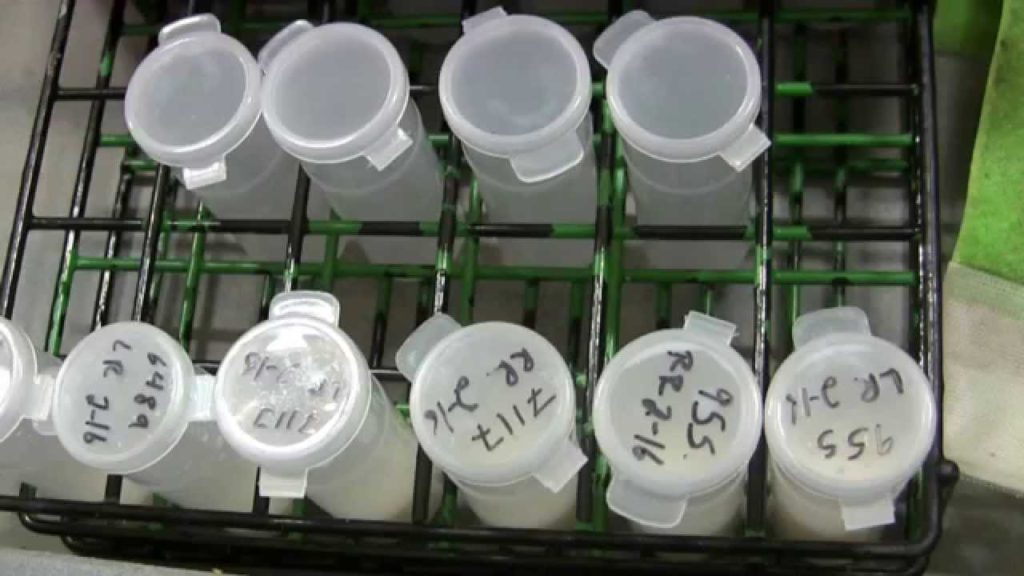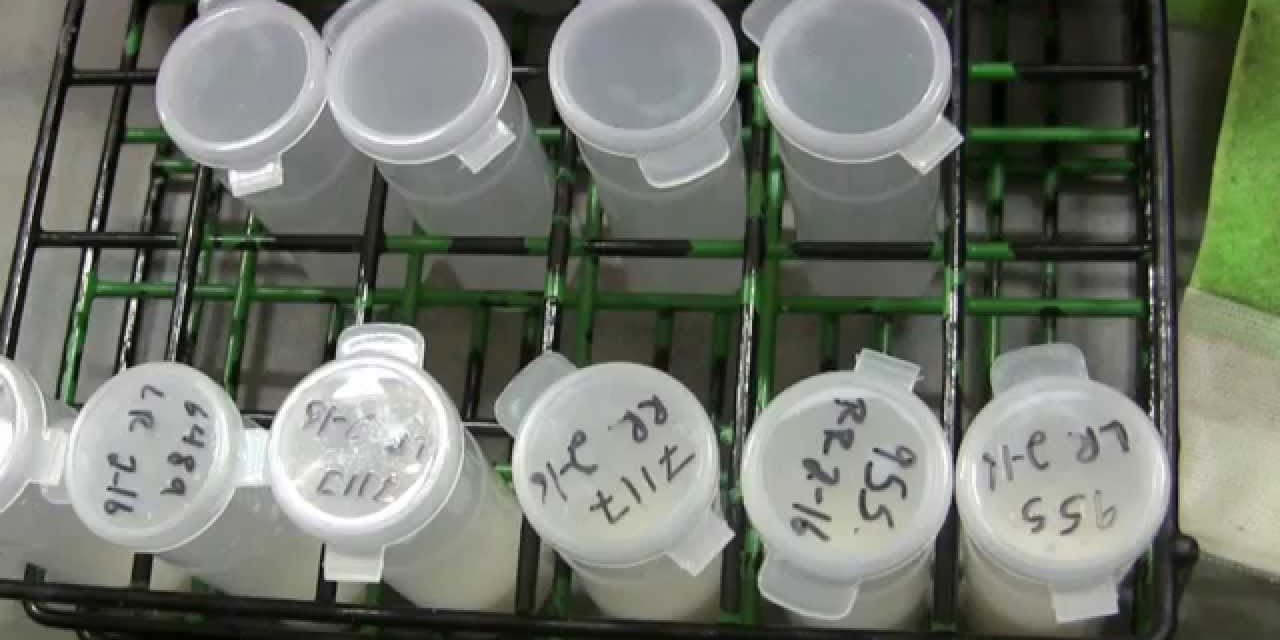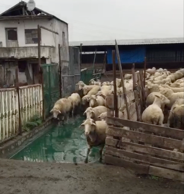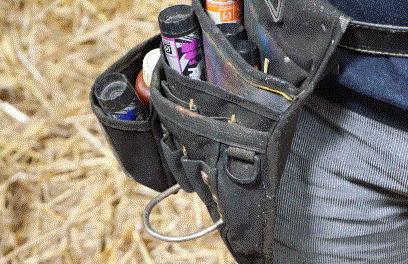This post is also available in:
![]()
![]()
![]()
![]()
![]()
Sources of high milk urea and how to avoid excess protein content, links between protein intake and urea, modalities for checking milk urea
Solution name: Sources of high milk urea and how to avoid excess protein content, links between protein intake and urea, modalities for checking milk urea
Aim: Best practices for protein utilization of the feeds by lactating ewes using milk urea content as predictor.
Description:
Determining urea concentration in sheep milk is a useful indicator for controlling supply of proteins to organisms, as well as the relationship of energy and protein in the diet, thus it is finding more and more ways of practical use. Urea concentration in milk is an indicator of the balance of energy and protein in the diet. Higher urea concentrations in milk suggest excessive protein concentrations in the feed. As such, the diet must contain the appropriate quantity and quality of protein and energy, and this must be balanced. In addition to routine milk analysis and determining the concentration of fat and protein and the number of somatic cells and total microorganism counts, determining urea concentrations in milk can also serve to control the dietary supply of protein to lactating ewes. Based on the results of urea concentrations in milk, it is possible to diagnose problems caused by an imbalanced diet (ratio of available energy and protein in the diet), which can also reflect on the production and health status of milk-producing animals. With its practical advantage, testing for milk urea-nitrogen is proposed to be a good predictor of when farms are wasting digestible protein, and excreting excessive urinary and fecal nitrogen.
Topic: Nutrition
Production: Dairy
Animal Category: Adult
Issue:Urea levels in milk – unbalanced energy /protein ratio in the diet
Level of Solution: Knowledge, Practical
Country: Greece

How to implement it
Sustainable grazing systems often encompass the use of forage legumes with the aim of reducing input of fertilizers and supplements, thanks to their high nutritive and feeding value. However, the incorporation of legumes at high proportion in sheep diet can exacerbate the unbalance between energy and protein and hence increases the release of N to the environment via urine, fecal and milk. Grazing of immature pastures (winter-spring) that have high protein content (>25%) and low fiber and tannin content results in high milk urea (>50mg/100ml). The same applies for N fertilized pastures that must be avoided. In this regard pastures must be monitored for protein content. In order to keep milk urea in optimum levels, ration must be formulated with a protein and energy content according to animal requirements. Excess protein content and protein intake must be avoided. Diets rich in degradable proteins or soluble nitrogen in rumen that do not contain sufficient amounts of non-structural carbohydrates for energy supply to rumen microorganisms for microbial protein synthesis, such as early stage hay crops, will result in excess protein or unabsorbed protein, increased urea synthesis and excretion via milk and manures. Milk urea level measurement it’s easy to be implemented in the flock with commercial diagnostics kits. Flock should be regularly monitored for milk urea levels during the lactation period either individually or from the tank. When high urea levels (>50mg/100ml) found cereals and fibre feeds (i.e straw) must be added in sheep rations and their energy and protein content must be measured and corrected. High urea levels (>60mg/ml) could lead to alkalosis, reproductive disorders, as well as to embryonic loss. Therefore, optimising the use of milk urea as a management tool on dairy farms, also during the grazing season, could reduce N losses to the environment, while maintaining productivity and ensure animal health.
Expected benefits
Increase in feed protein utilization and efficiency, increase in sheep productivity and reproduction capacity, while decreasing N losses that burden the environment.
Prerequisites and/or limits
Knowledge of nutrient requirements of dairy sheep and nutrient composition of diets and sheep management concerning milk urea levels monitoring.







